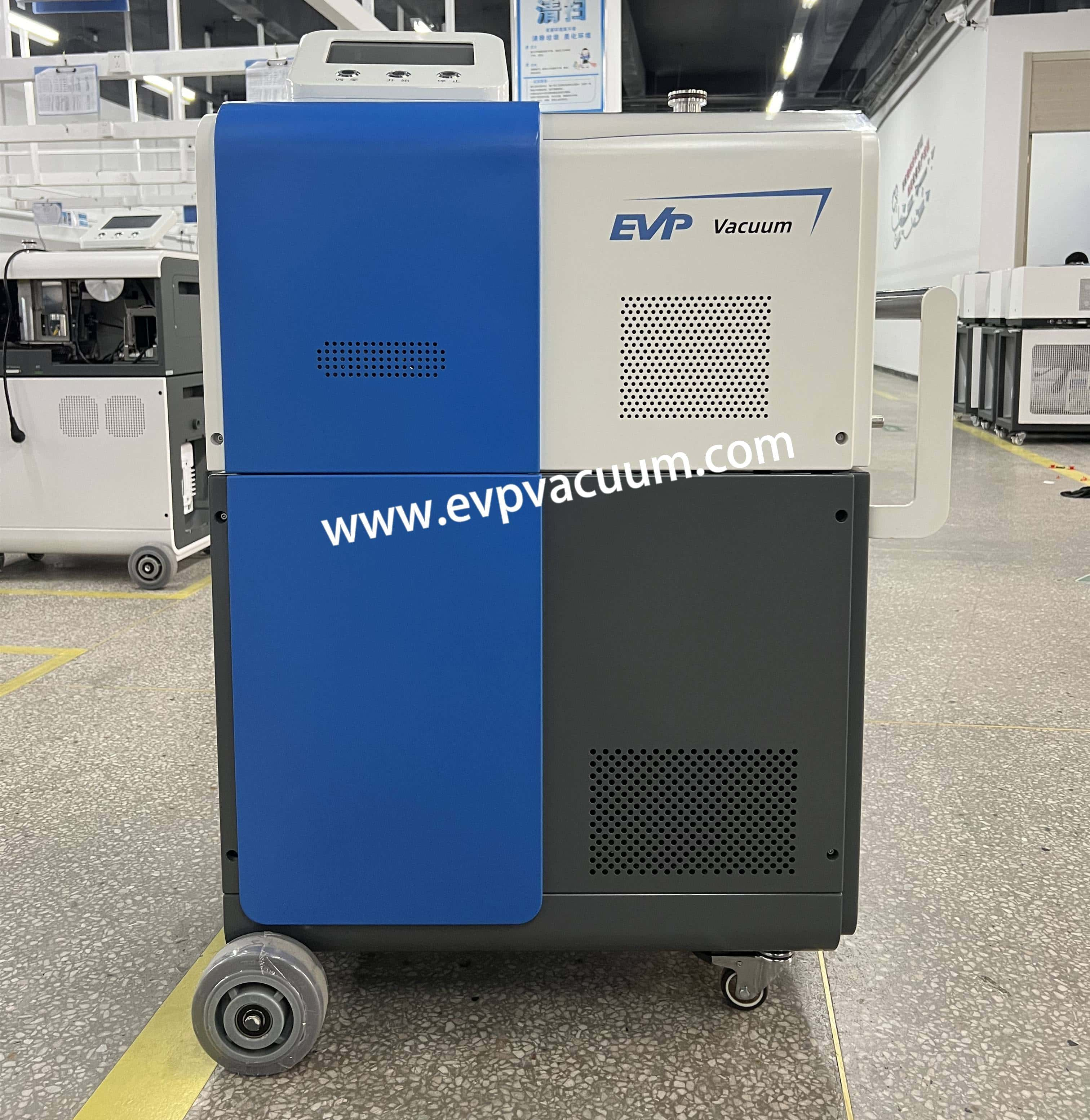Leak detection of lithium battery pack
Vacuum technology in lithium-ion batteries:
Lithium batteries, as one of the energy storage devices, are a type of battery that uses lithium metal or lithium alloy as the negative electrode material and a non-aqueous electrolyte solution. Lithium batteries can be roughly divided into two categories: lithium metal batteries and lithium-ion batteries. The shape of lithium batteries includes variable soft pack batteries and fixed cylindrical and prismatic shapes.
Lithium batteries are used in various end products that require long-term energy storage. Due to its light weight and high energy density, it is particularly commonly used in devices such as smartphones, tablets and laptops, mobile communications, and electric vehicles. For example, high-capacity lithium-ion batteries that are currently being developed are also being tested in electric vehicles. Lithium batteries will become one of the main power sources for electric vehicles in the 21st century and will be applied in artificial satellites, aerospace, and energy storage. Regardless of the type, multiple stages in the production process of lithium batteries require the use of vacuum technology.
lithium battery leak detection for Reasons:
At present, the safety of batteries has always been a key concern for the public, so major manufacturers attach great importance to the quality and safety of batteries when producing them. Battery leakage can lead to many problems such as electrolyte evaporation, water infiltration, swelling, and even fire and explosion in lithium batteries. The sealing performance of the battery casing directly determines the safety factor of the battery, so improving the accuracy and efficiency of lithium battery leakage detection is particularly important.
The safety performance of batteries is directly determined by two helium testing processes, and leak detection is a very important part of checking battery safety. Using a helium mass spectrometer leak detector for detection can greatly improve detection efficiency and leak detection accuracy, without causing any impact on the battery itself.
Basic principles and methods of helium detection
Helium mass spectrometer leak detection refers to blowing helium gas from the outside of a vacuum chamber towards the tested area, and then using a helium mass spectrometer leak detector connected to the vacuum chamber to detect the invading helium gas. This is currently the most commonly used vacuum leak detection method.
The hot electrons emitted by the filament accelerate towards the anode, ionize the gas molecules when they encounter them, and set a magnetic field during the movement of the ions towards the ion collection electrode, causing the ions to move in a circular trajectory under Lorentz force. If the mass of the ion is m and the charge is e, then the radius of the circular trajectory is related to the mass to charge ratio m/e. Reasonably set the position of the outlet gap so that m/e=4, that is, He+can pass through the gap, and other ions with different mass to charge ratios than helium cannot pass through the outlet gap due to their deflection radius being different from the slit setting of the instrument. Therefore, the helium mass spectrometer leak detector can only detect monovalent helium ions. When using a helium mass spectrometer leak detector, it is usually required that the vacuum degree of the detected space be below 10-3 Pa, and the detection accuracy can reach 10-13 Pam3. s-1.
When the sealing surface of the tested sample leaks, helium and other leaked gases from the components will leak out from the leakage hole. When the leaked gas enters the helium mass spectrometer leak detector, due to its selective recognition ability, only the partial pressure signal of helium in the gas is given. On the basis of obtaining the helium signal value, the leakage amount of helium can be obtained by comparing the standard leakage amount. Helium detection summarizes the detection principles, advantages and disadvantages, and detection standards of four helium mass spectrometry leak detection methods. These four helium mass spectrometry leak detection methods can be found in other articles or directly contacted us for inquiries. The helium mass spectrometer leak detector produced by EVP vacuum has been widely used in new energy batteries due to its excellent quality and stable performance.
(The article comes from the Internet. If reprinting is not allowed, please contact our company to delete it.)

